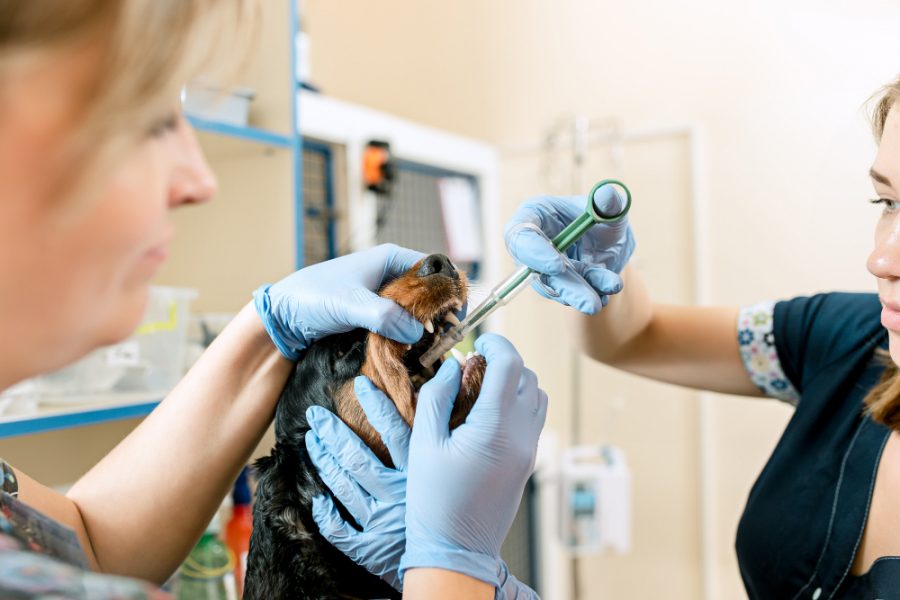Introduction of von Willebrand Disease in dogs
There is a protein that is known as von Willebrand, factor VIII or von Willebrand factor in our blood. That protein helps platelets to stick together is necessary for blood to clot especially during early bleeding. The deficiency of this protein (von Willebrand) is called Von Willebrand Disease. It is a common hereditary disorder in dogs. Continues bleeding can be the reason for anemia and even death. vWD is reported in more than 70 dog breeds, but the disease is more common in Doberman Pinschers.
Types of von Willebrand Disease in dogs
There are three types of von Willebrand disease in dogs. This classification is defined by the quantity of the von Willebrand protein in the blood of the affected dog.
Type 1 vWD
In Type 1 of this von Willebrand disease, a small amount of von Willebrand protein deficiency occurs in the blood, but the structure of this protein is normal. This type of vWD is more common in Bernese mountain dog, Akita Anu, Golden Retrievers, German Shepherds, Doberman Pinscher and Schnauzer.
Type 2 VwD
In type 2, the affected dog bleeds more, and the disease is more severe due to the low concentration of the von Willebrand protein. The structure of this protein is also abnormal in this type.
Type 3 vWD
It is the most severe type of this disease. When there is a very low quantity, or no Von Willebrand protein remains in the blood, which is necessary for blood clotting, it is called type 3 of vWD. Type 3 vWD is more prevalent in the dog breeds like Scottish terrier, Blue Heeler, Cocker Spaniel, Pomeranian, and others.
Symptoms (Signs – Identification)
Many dog owners don’t know about the disease. They come to know when during surgery or emergency, the blood continues bleeding and does not stop. The severe situation may cause the bleeding from mouth, gum, nose or urinary tracts. Bloody urine, bleeding gums, spontaneous bleeding from vagina, anemia, continues bleeding after cut or surgery are the symptoms of the von Willebrand disease.
Causes of von Willebrand Disease in dogs
vWD is inherited from the parents of the affected dog, and the reason for this disorder are the genetic mutations that impair the function, stability, and synthesis of the von Willebrand factor. Dam and sires express and transmit these genetic mutations to the offspring with equal frequency. The type and the severity depend on how these genetic mutations are expressed.
Diagnosis of vWD in dogs
The von Willebrand Disease can be diagnosed in two different ways. The first and accurate method is the laboratory test and the second is bleeding time assessment.
Laboratory Test
This test is performed to measure the amount of
| vWF:Ag% | Result |
| 70-100 | Normal |
| 50-69 | Borderline |
| 0-49 | Abnormal |
Bleeding time Assessment
This disorder can also be diagnosed by measuring the time of bleeding. Just make a tiny incision in the gum of your dog and then measure the time that the wound takes to stop bleeding. This normally takes 2-4 minutes.
Treatment of vWD in dogs
There is no cure for vWD, but it can only be managed by the owners of the affected dog. Dog parents should know about this disease and consult the vet about how they can stop bleeding in an emergency. The dogs must not be given the drugs that interfere with normal clotting.
Also, read about the Bernedoodle health




